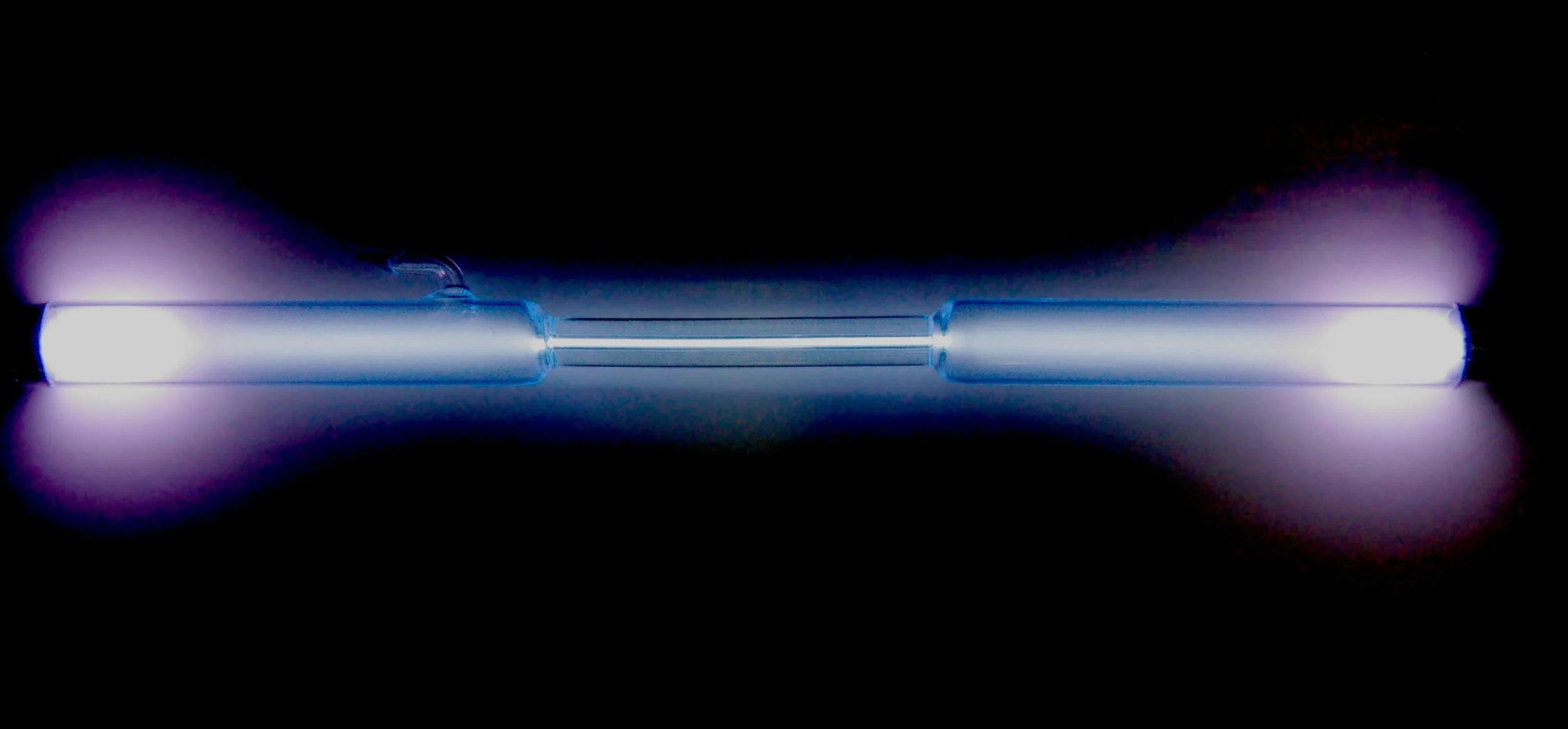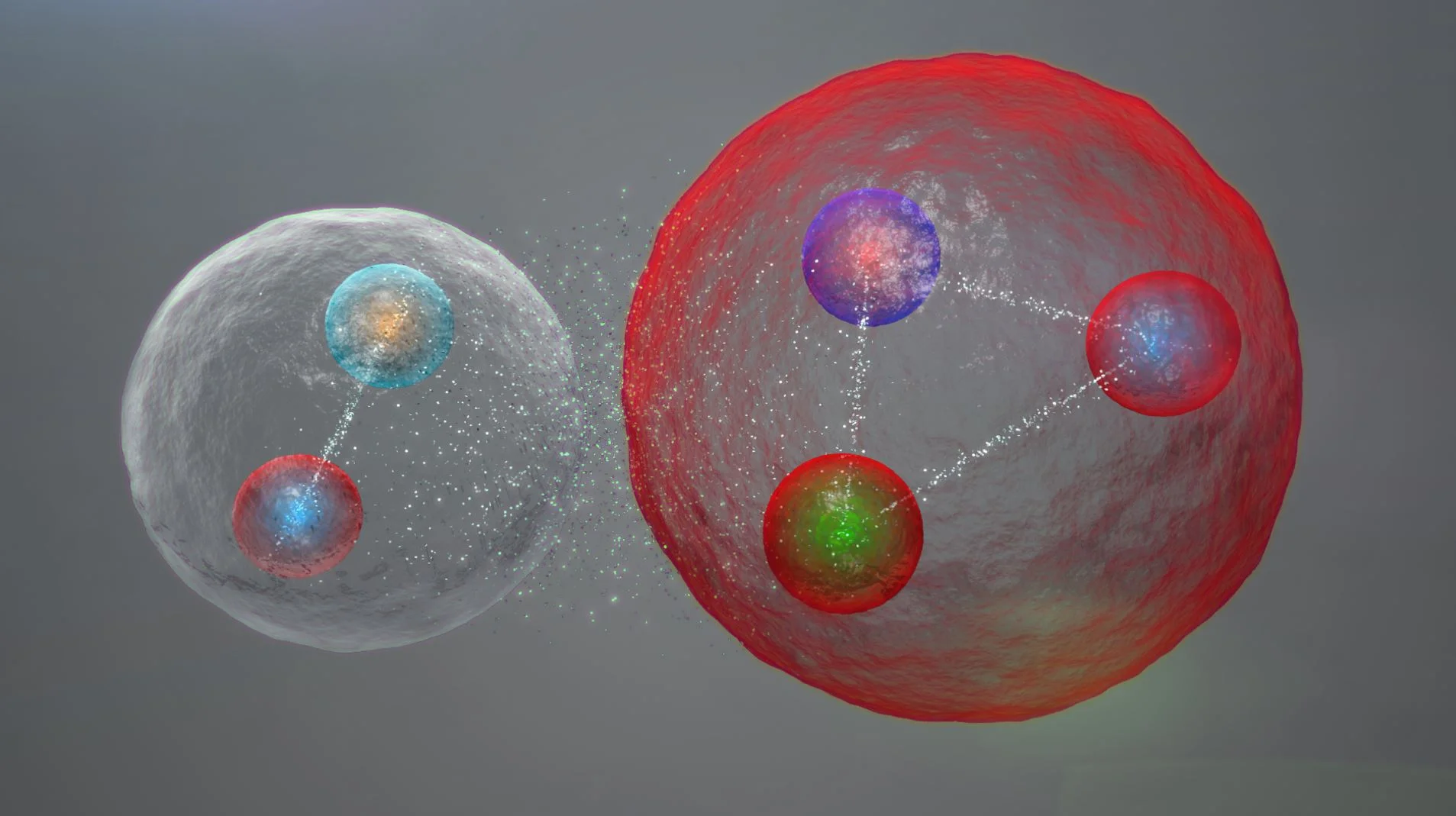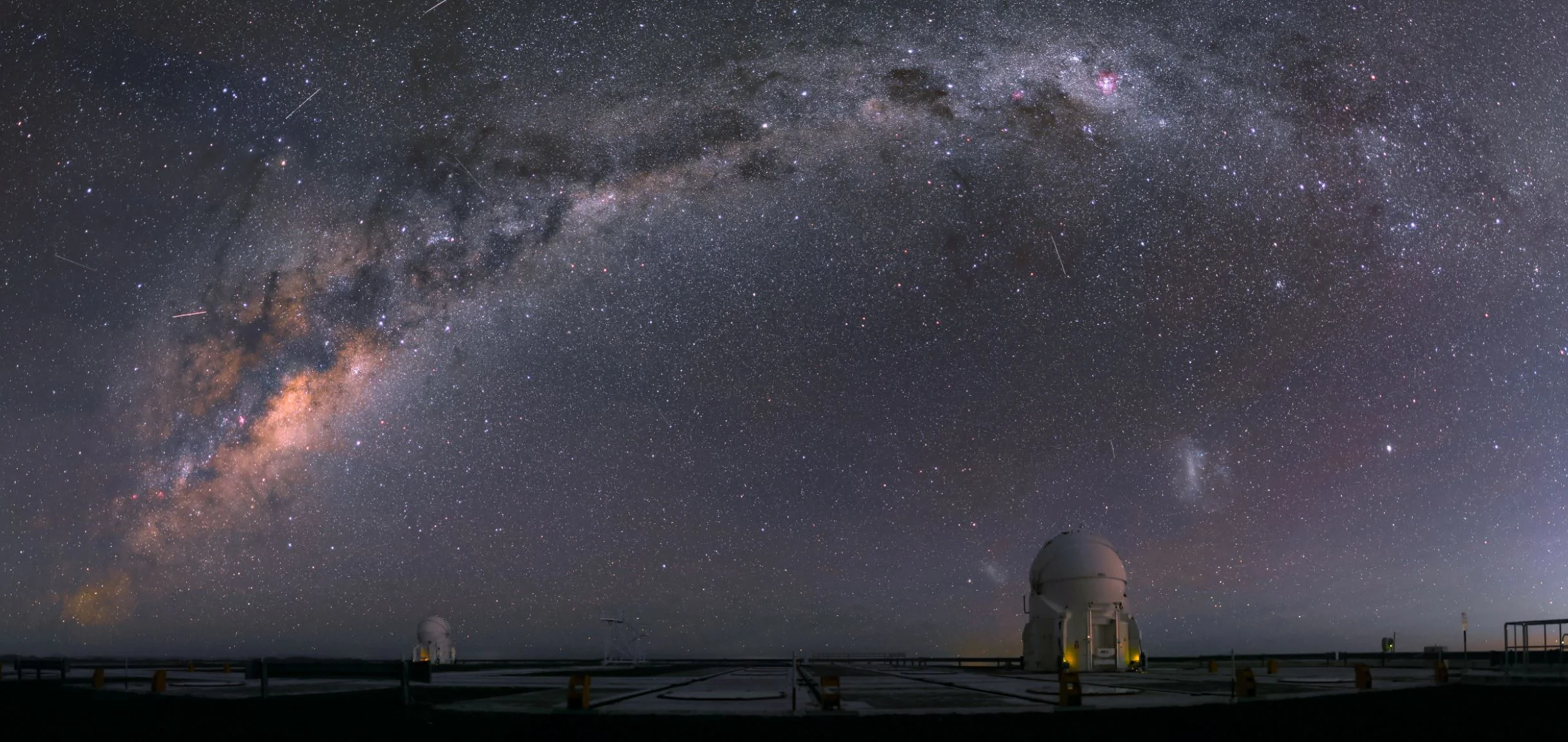Your television, computer, smartphone or any other electronic device wouldn’t work without being able to shuttle electric charges around their circuits. Yet, as these devices gain in performance, with their individual components getting smaller and smaller – reaching the nanoscale – it becomes increasingly difficult to precisely channel these electric charges to where they’re needed.
Scientists unraveled the mystery of why unicellular organisms light up our coastlines
Functional quantum internet just got a step closer to reality
Quantum physics experiment shows Heisenberg was right about uncertainty, in a certain sense
Remote connections? Detangling entanglement in quantum physics
Antimatter Behaves Exactly the Same as Regular Matter in Double Slit Experiment
In 1924, French physicist Louis de Broglie proposed that photons – the subatomic particle that constitutes light – behave as both a particle and a wave. Known as “particle-wave duality”, this property has been tested and shown to apply with other subatomic particles (electrons and neutrons) as well as larger, more complex molecules.
What happens when a raindrop hits a puddle?
Is the Higgs boson actually a ‘portal to the dark world’?
Half-life of xenon 124 is about 18 sextillion years!
Exotic particles containing five quarks discovered at the Large Hadron Collider
Everything you see around you is made up of elementary particles called quarks and leptons, which can combine to form bigger particles such as protons or atoms. But that doesn’t make them boring – these subatomic particles can also combine in exotic ways we’ve never spotted. Now CERN’s LHCb collaboration has announced the discovery of a clutch of new particles dubbed “pentaquarks”. The results can help unveil many mysteries of the theory of quarks, a key part of the standard model of particle physics.
LIGO Just Got a Big Upgrade, Will Begin Searching for Gravitational Waves Again on April 1st
In February of 2016, scientists at the Laser Interferometer Gravitational-wave Observatory (LIGO) made history by announcing the first-ever detection of gravitational waves (GWs). These ripples in the very fabric of the Universe, which are caused by black hole mergers or white dwarfs colliding, were first predicted by Einstein’s Theory of General Relativity roughly a century ago.
CERN: Study sheds light on one of physics’ biggest mysteries – why there’s more matter than antimatter
We did a breakthrough ‘speed test’ in quantum tunnelling, and here’s why that’s exciting
Using Black Holes to Conquer Space: The Halo Drive!
The idea of one day traveling to another star system and seeing what is there has been the fevered dream of people long before the first rockets and astronauts were sent to space. But despite all the progress we have made since the beginning of the Space Age, interstellar travel remains just that – a fevered dream. While theoretical concepts have been proposed, the issues of cost, travel time and fuel remain highly problematic.
Researchers reverse the flow of time on IBM’s quantum computer
Quantum simulation gives a sneak peek into the possibilities of time reversal. An international team of scientists led by Argonne explored the concept of reversing time in a first-of-its-kind experiment, managing to return a computer briefly to the past. The results present new possibilities for quantum computer program testing and error correction.
The idea of creating a new universe in the lab is no joke
Physicists aren’t often reprimanded for using risqué humour in their academic writings, but in 1991 that is exactly what happened to the cosmologist Andrei Linde at Stanford University. He had submitted a draft article entitled ‘Hard Art of the Universe Creation’ to the journal Nuclear Physics B. In it, he outlined the possibility of creating a universe in a laboratory: a whole new cosmos that might one day evolve its own stars, planets and intelligent life.
Study of quark speeds finds a solution for a 35-year physics mystery
Is it possible to change ice to water without adding heat?
CERN is Planning to Build a Much, Much Larger Particle Collider. – here’s what it could discover
The Large Hadron Collider (LHC) at CERN is the most powerful particle accelerator in the world. During its ten years of operations it has led to remarkable discoveries, including the long sought-after Higgs boson. On January 15, an international team of physicists unveiled the concept design for a new particle accelerator that would dwarf the LHC.














